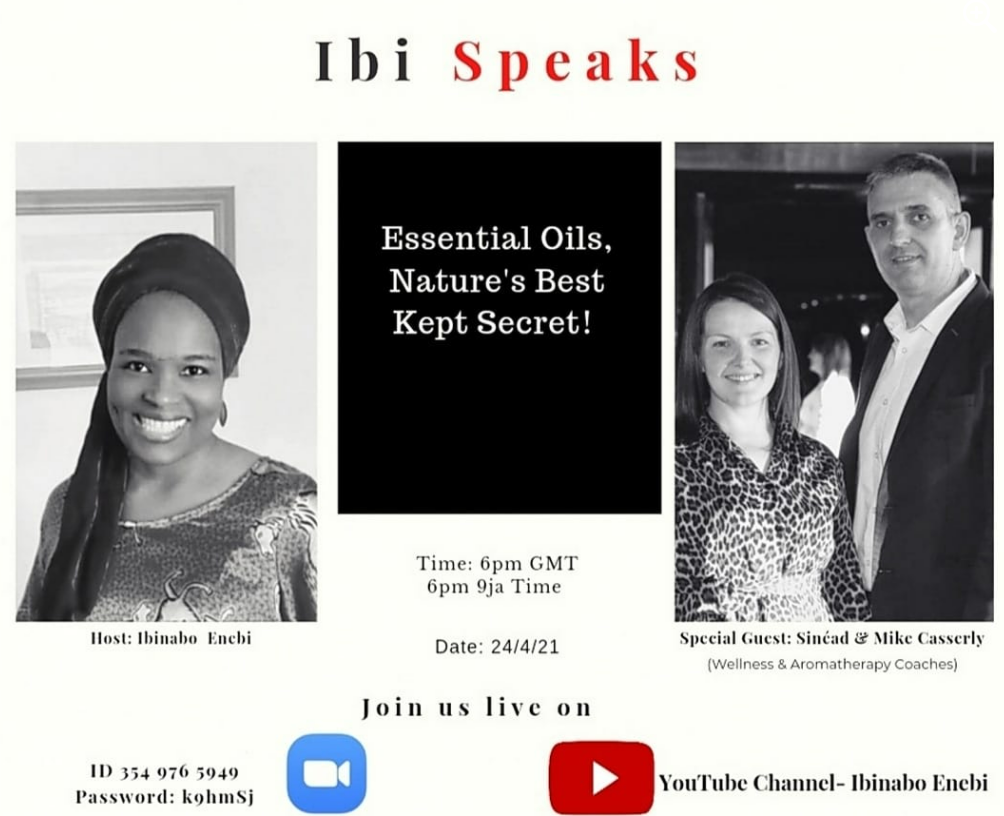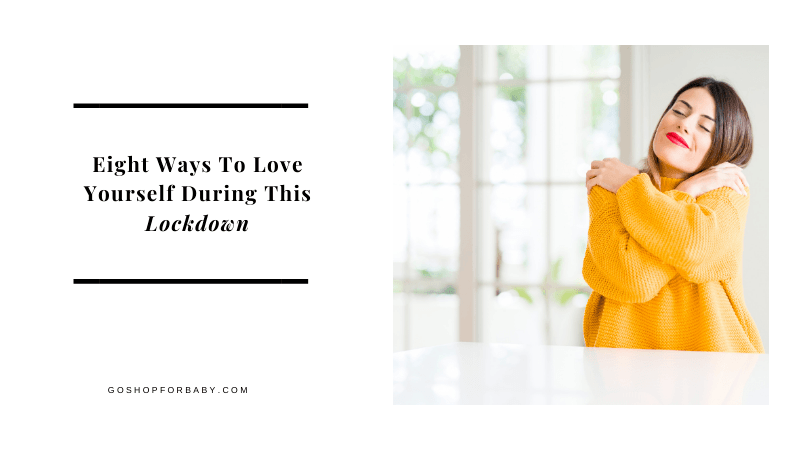Are Essential Oils Nature’s Best Kept Secret?
Are Essential Oils Nature’s Best Kept Secret? I wonder!
This is because there are hardly any lifestyle regimes these days that don’t reference essential oils.
They are applauded for working for almost everything, from our emotional and physical health, religious, household, culinary, beauty and personal care to adding some va-va-voom into our lives.
You name it, and there appears to be an oil for it.
Linda Halson, (PhD, MPH, RN) Associate Professor Emerita, School of Nursing, University of Minnesota says:
“Essential oils are used for aesthetics, for relaxation, and for health, and all those are legitimate uses, but most people don’t know what they are.”
Dr Halson’s assertion is both reassuring and cautious.
Reassuring to those who intend to explore its benefits yet cautious that it can pose some problems if used uninformed.
Today, you’ll learn about what essential oils are, how they are derived, their origin, ways you can use them, and some safety tips.
What Are Essential Oils (EOs)

To put it simply, essential oils are the aromatic part of plants.
They are botanical substances believed to be about 100 times more concentrated than the plants from which they are derived.
EOs are volatile organic compounds.
They are one of the many derivatives from the secondary pathway of plant metabolism, the primary being photosynthesis.
Other derivatives from this secondary pathway are bitters, steroids, and alkaloids used for medicinal purposes in the pharmaceutical industry.
As one of the secondary metabolites of plants, essential oils have therapeutic properties, making them a powerful and potent plant-based medicine.
Another thing to be aware of is that not all plants have EO properties.
Only about 1% of the total plant population do.
But in those with such properties, the compounds can be found anywhere – bark, wood, grass, leaf, flower, branch, seed, root, fruit, or resin.
Essential oils are what give plants their unique scent, and in them are:
Medicinal agents that help fight viral, bacterial and fungal infections as well as analgesic, anti-inflammatory and emotion balancing properties.
Plant repellent or poisonous agents that protect plants against animal predators and other harmful environmental conditions.
And attracting agents that encourage pollination within the flora.

How Are Essential Oils Made?
EOs are produced by distillation, expression, extraction and cold compress depending on the plant material.
For example, citrus oils are produced by expression because their oils are found in the fruit’s rind.
In contrast, oils like eucalyptus, patchouli, lavender, peppermint, and many others are derived by distillation.
The Origins Of Essential Oils

The use of plants and their by-products for therapeutic purposes has been part of many cultures for centuries.
This practice was deeply entrenched in traditional Sub-Saharan African, Egyptian, Greek, Roman, Iranian, Chinese and Indian medicines and is still being practised in some of these cultures today.
The term “aromatherapy” is believed to be first coined by French Chemist Rene Gattafosse, who researched and studied the use of essential oils in the 19th century.
Historically speaking, it’s been suggested that the use of plants and their by-products (essential oils, fragrance and aroma oils, incense, and aromatic spices) for therapeutic and religious purposes have been in existence for almost 5000 years.
I was first introduced to the idea of EOs through the bible story, visit of the Magi in Matthew 2:11.
I didn’t realise that the gifts, Frankincense and Myrrh, were essential oils until recently.
The bible is replete with centuries-old references to oils for purification, spiritual, emotional, and physical healing.
Leaves were explicitly designated for healing as seen in Ezekiel 5 47:12, Revelation 22:12 and 2 Kings 20:7
(Click on italicised and coloured words to read references)
The above speaks to the idea that plants and plant-based derivatives for therapeutic purposes predate modern times.
What About Today?
As explained earlier, bitters, steroids and alkaloids (secondary metabolites of plants) are used as medicine in the pharmaceutical industry.
When essential oils are produced during steam distillation, a by-product known as hydrosol, hydrolat, herb distillates, or floral waters is produced.
Hydrosols or floral waters are commonly used in the cosmetic industry, added to lotions, toners, face masks, etcetera.
Popular floral waters include lavender, jasmine, rose and orange flower.
The use of essential oils is rife in the food industry.
Oils like turmeric, cinnamon, thyme, ginger, peppermint, bergamot, citrus, anise and coriander are popular staples in many homes today, as they were in ancient times.
Not All Essential Oils Are Equal

According to Dr Halson:
“The chemistry of the plant depends on how the plant lived or how the plant died.”
In other words, the efficacy of any essential oil is measured mainly by its source.
This is because the quality of a plant can be affected by certain factors, including whether it’s grown organically (not sprayed with pesticides), harvested at the right time, sourced indigenously, and grown under favourable climatic conditions.
The integrity of an essential oil can also be compromised by the following:
Oxidation -when the oil has been exposed to light, air and heat.
Adulteration -when the oil has been mixed with other oils.
Contamination -when solvents, plastics or metals have compromised the oil, or a wrong species or plant part was used to produce it.
In the world of essential oils, inferior quality or fake, oils are common.
Such oils are laden with chemicals, pesticides, and additives that could be toxic and detrimental to one’s health.
And then, there are synthetic essential oils.
Synthetic, because they are made from compounds that are artificially derived.
They aren’t organic in composition or quality, making them in no way similar to those organically derived.
Your gold standard for essential oils should be oils that are certified to be 100% pure and natural, without compromise.
Top Tip
High-quality EO’s are pricy.
You can get quality oils from your whole foods store or a reputed manufacturer.
How To Use Essential Oils
When using essential oils, the rule of thumb is that they must be used responsibly, in tiny quantities, and as instructed.
You should be aware that all oils aren’t supposed to be used in the same manner.
The highly recommended methods of using essential oils are inhalation and topical application, although some use them internally in therapeutic doses.
Use by Inhalation

Inhalation and topical application are believed to be the safest and most effective way of using essential oil.
When inhaled, they move quickly from our nose to our brain, affecting our emotional and thinking brain.
Inhalation can be done by:
Direct inhalation: You can apply one or two drops of oil on a tissue or cotton and directly inhale.
Depending on the oil, you can also rub it on your palm and inhale.
Steam Inhalation: You can add one -three drops into boiling water over a pot or kettle and inhale for not more than five minutes with a towel over your head.
Warning: Never do steam inhalation for more than five minutes.
Aromatically: You can diffuse your oils in a diffuser or electric burners or light up EO candles.
Warning: Never leave diffusers under direct sunlight as such exposure can alter the oil’s chemical structure, making it hazardous to your health.
This again should be done moderately.
Use by Topical Application

Using EOs topically is another effective way of using them, as your skin quickly absorbs them.
When using topically, it is strongly advised that you dilute with carrier oils like coconut oil, vegetable, or jojoba oil or water.
Your dilution ratio should be ten drops of carrier oil to one drop of EO.
Doing so will help prevent adverse skin reactions like burns and irritations for sensitive skin.
You must also dilute your oils if you want to it use them on children.
When you dilute the oil, it remains in the area of need for longer, providing a localised benefit.
However, certain EOs could be used neat, which means that they can be used without dilution.
Such oils are considered mild and less likely to cause unwanted reactions.
Having said that, if you are new to essential oils and in doubt, dilute your oils as what might be mild to one could cause irritation or a burning sensation for another.
As always, check the label.
Where can you apply the oils?
You can apply the oils to your reflex points.
If you are unsure of what reflex points are, you can apply them behind your ears and neck, wrist, temple, forehead, chest, abdomen, under your feet or where needed.
But keep away from your eyes, ear canal, nose, broken skin, open wounds, or sensitive areas.
Note that: Citrus oils like tangerine, wild orange, green mandarin, bergamot, grapefruit, lime, lemon, orange, cumin and lemongrass have photosensitive compounds that cause skin irritation or severe burn.
Therefore, you must dilute them before applying them topically.
In addition, it is advisable to use them only at night and avoid sun exposure for up to 18 hours after application.
You must also dilute oils like cinnamon bark, cassia, clove, thyme and oregano before application.
Please note that these lists are inexhaustible as there might be oils not listed here that could cause similar problems too.
You must be aware of your sensitivity threshold, considering that we all have varying degrees of tolerance to things.
Use By Ingestion

Using essential oils internally is a hotly debated and controversial issue.
While some believe that EOs MUST NEVER be ingested for fear of poisoning or accidental aspiration, a few have found great relief and results in using them in therapeutic doses.
Those in support of ingestion say you could add one or two drops of oils in hot water or tea and drink slowly.
But! It would be best if you used it as directed and for a limited time only.
They also advise against drinking from plastic cups.
Please note that if you must use EOs internally, ensure that the oils you’re ingesting are certified as 100% pure and organic.
Still, inhalation and topical application are the safest ways to use essential oils.
Most importantly, you must seek advice from your doctor before including EOs in your daily regime.
Warning: Oils you must never use internally are:
Arborvitae, Black Spruce, Blue Tansy, Douglas Fir, Rose, Spikenard, Wintergreen, Cedarwood, Cypress, Citronella, Eucalyptus and Lemon Eucalyptus.
Dosage:
As with anything else in life, moderation is key.
With essential oils, less is always more.
Use tiny quantities no matter what way you choose to use them.
Read the label.
Always follow the prescribed dosage and application method to avoid causing harm to yourself.
Related Post: 8 Ways To Love Your Self During This Lockdown
Caution

EOs, though natural and beneficial, could stress your kidneys and liver if misused.
Notwithstanding that they are natural substances, they are potent medicines and should be treated as such.
If you have any allergic reactions to certain medications, seek medical advice before implementing EOs into your treatment regime.
If you are pregnant or a nursing mother, always read the labels and consult your doctor before implementing them into your regime.
The same applies to very young children.
Your Pets
Care should be taken around your pets when using essential oils, be it topically, aromatically and internally.
While some EOs have been incorporated in veterinary care, the VCA Animal Hospital website,vcahospital.com states:
“Many liquid potpourri products and essential oils, including cinnamon, citrus, pennyroyal, peppermint, pine, sweet birch, tea tree (melaleuca), wintergreen, and ylang-ylang, are poisonous to dogs. Both ingestion and skin exposure can be toxic.”
Conclusion
Essential oils are highly potent, volatile and concentrated compounds extracted from plants.
They have therapeutic properties that are believed to help alleviate common health issues.
When using essential oils, care should be taken because they could have possible adverse effects if not used responsibly, as prescribed or not suitable for you.
Do you think EO’s are nature’s best-kept secret? Please leave a comment below
Disclaimer: This information is solely to inform and educate you about essential oils. It is not intended to diagnose, cure, prevent or replace treatment conditions. Neither is it intended to substitute professional care from a doctor. Kindly consult your doctor if you have queries or questions about the implementation into your daily regime.
Source:
Linda Halson, PhD, MPH, RN, Aromatherapy & Essential Oils: An Introduction to Use
YouTube Oakdale OBGYN – Maple Grove
VCA Animal Hospital website
What are Hydrosols: Uses & Benefits: aromatherapyanywhere.com




